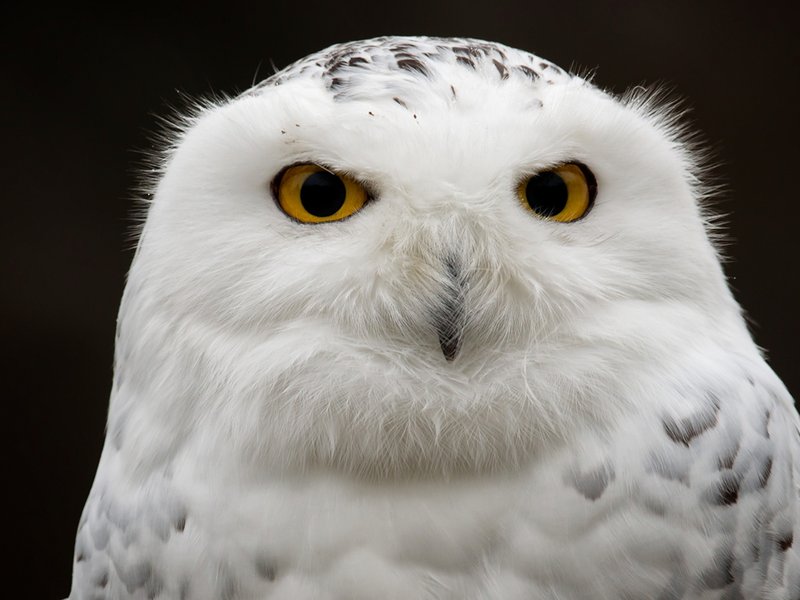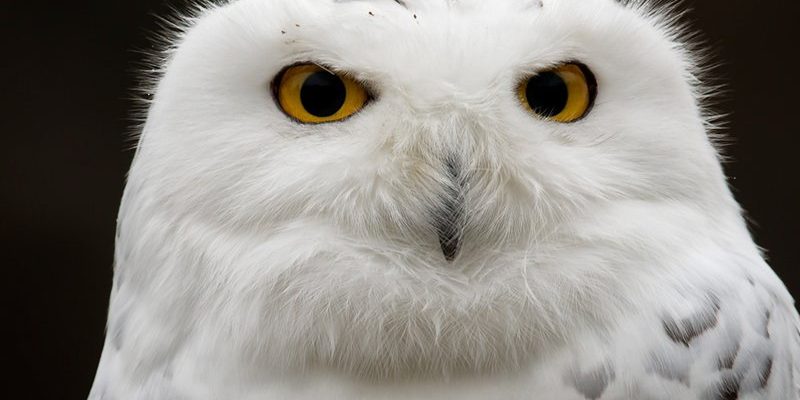
Imagine sipping on a hot cup of coffee while we explore these facts. You’ll quickly learn that while snowy owls may seem like the stars of winter wonderlands, there’s so much more going on beneath their fluffy feathers. Whether you’re a birdwatching enthusiast or just someone looking to learn more about the wildlife around us, these facts will surely capture your imagination.
1. Native Range and Habitat
Snowy owls, or *Bubo scandiacus*, are mostly found in the Arctic regions, where they thrive in the tundra. You might think of them as the rock stars of snowy landscapes, perfectly adapted to their icy homes. They love flat, open areas with few trees, allowing them to spot food easily.
During winter, some of these magnificent birds migrate southwards, seeking milder climates. So, don’t be surprised if you catch a glimpse of one in northern parts of the United States or even southern Canada! Their beauty is unmatched, but it’s their ability to adapt to harsh weather conditions that truly sets them apart.
2. Stunning Appearance
When it comes to looks, snowy owls are truly iconic. Their feathers are primarily bright white, making them look like floating clouds against the backdrop of winter. But here’s the catch: Not all snowy owls are purely white! Juveniles often have dark mottled patterns, allowing them to blend into their surroundings for protection.
This color change is essential for survival. As young owls grow, their lighter feathers reflect their maturity and role as adults in the ecosystem. It’s a classic case of nature being both functional and beautiful. If you ever see one in the wild, you’ll quickly realize they’re more than just pretty birds.
3. Unique Hunting Skills
Snowy owls are formidable hunters, and they rely heavily on their incredible vision and hearing to catch their prey. They mainly feast on rodents, especially lemmings, but they won’t shy away from other small mammals or birds. You might be wondering how they locate such tiny critters beneath layers of snow.
Here’s the thing: Their keen eyesight allows them to spot movements from a distance. Once they detect potential prey, they dive with surprising speed and precision. Imagine a snowflake falling silently to the ground—that’s how stealthy they can be! This ability to remain undetected until the last moment is what makes them such effective hunters.
4. Interesting Social Behavior
Despite being mostly solitary, snowy owls can display fascinating social behavior, especially during breeding season. Typically, they mate for life, which is pretty romantic in the animal kingdom! You’ll often find them perched together, watching over their territory.
During the breeding season, they can also be quite vocal. Their calls range from deep hoots to high-pitched whistles, communicating with one another in ways that might surprise you. This behavior underscores their intelligence and social dynamics, adding another layer to their character that goes beyond their striking appearance.
5. Distinctive Mating Rituals
Speaking of romance, let’s dive into the snowy owl’s unique mating rituals. During courtship, males perform elaborate displays that often include flying in circles and showcasing their dazzling plumage. It’s kind of like a bird version of showing off your coolest dance moves at a party.
Females tend to choose their mates based on these displays, looking for the strongest and healthiest males. Once paired, they’ll find a nest site—usually on the ground or in a hollow. This commitment to nesting together highlights the snowy owl’s dedication to family, which is heartwarming to see in the wild.
6. Impressive Size and Weight
Snowy owls are among the larger owl species, with a wingspan that can reach up to 5.5 feet. To put that in perspective, that’s about the same length as a small child! They can weigh between 3 to 6.5 pounds, with females generally being larger than males.
This robust size not only makes them look majestic but also aids in their hunting capabilities. Larger birds can cover more ground when gliding across frozen landscapes, which helps them in their quest for food. And let’s be honest, there’s something truly awe-inspiring about seeing a snowy owl spread its wings against a snowy backdrop.
7. Fascinating Lifespan and Lifecycles
In the wild, snowy owls can live up to 10 years, but some have been known to reach 20 years in captivity. It’s interesting to consider how their lifecycles play out in such harsh environments. They typically breed every couple of years, depending on food availability—if conditions are right, you may see a bumper crop of young owlets!
Once the eggs are laid, the female incubates them while the male provides food. This teamwork is vital, especially in the challenging Arctic climate. Their commitment to nurturing their young can be seen as a reflection of the bond these birds share.
8. Conservation Status
Currently, snowy owls are classified as “Least Concern” by the International Union for Conservation of Nature (IUCN), but that doesn’t mean they aren’t facing challenges. Climate change and habitat loss pose significant threats to their breeding grounds. As the Arctic continues to warm, their habitats are changing, which could affect their food supply.
Efforts to monitor their populations and habitats are essential for ensuring these beautiful birds remain part of our world. By understanding their needs, we can take steps to protect their environments. After all, preserving the snowy owl is not just about saving a species; it’s about maintaining the balance of our ecosystems.
9. Cultural Significance and Myths
Snowy owls have captured human imagination for centuries. In many cultures, they’re seen as symbols of wisdom, mystery, and even prophecy. For instance, in some Native American cultures, snowy owls are associated with change and the arrival of winter.
Interestingly, they’ve made their mark in popular culture too. Think of *Harry Potter* and the beloved character Hedwig. This portrayal has undoubtedly helped spark interest in snowy owls, making them icons in both literature and wildlife conservation efforts.
10. How to Spot a Snowy Owl
Ready to spot a snowy owl in the wild? Here are some tips! Look for open fields, coastal dunes, or even frozen lakes—these are prime hunting grounds for them. Ideally, visit during the winter months when they migrate south. Keep your eyes peeled for large, white shapes against the landscape.
When you spot one, be respectful. Use binoculars for a better view and maintain a safe distance. Observing them in their natural habitat can be a memorable experience, reminding us of the beauty and magic of wildlife.
In conclusion, snowy owls are more than just a pretty face in the winter skies. They are complex, fascinating creatures that play a crucial role in their ecosystems. By learning about them and advocating for their conservation, we not only protect them but also celebrate the wonders of nature. So, the next time winter rolls around and you see a snowy owl perched regally on a fence post or flying across a snowy field, remember all the incredible facts that make this bird truly special.

